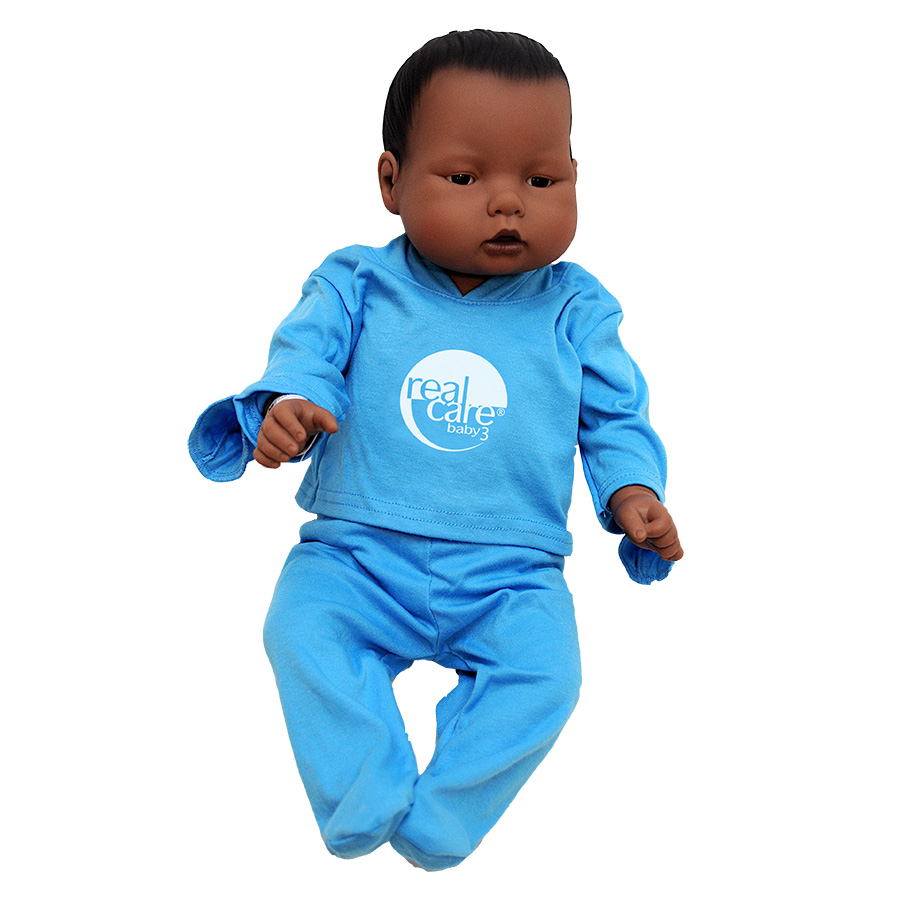
Virtual Baby: A Revolutionary Tool for Parenting Education and Research
Introduction
In the realm of parenting, the concept of a virtual baby has emerged as a groundbreaking tool that has revolutionized the way we educate and prepare individuals for the challenges and joys of parenthood. This innovative technology has the potential to transform the landscape of parenting education and research, offering unparalleled opportunities for experiential learning, skill development, and scientific inquiry.
What is a Virtual Baby?
A virtual baby is a computer-simulated infant that mimics the behaviors, needs, and responses of a real baby. It is designed to provide a realistic and immersive experience for users, allowing them to interact with the virtual infant as if it were a living child. Virtual babies can be programmed to exhibit a wide range of behaviors, including crying, feeding, sleeping, and interacting with their environment.
Benefits of Virtual Baby Technology
The use of virtual baby technology offers numerous benefits for both parenting education and research.
Parenting Education
- Experiential Learning: Virtual babies provide a hands-on, experiential learning experience that allows users to develop practical parenting skills in a safe and controlled environment. They can practice feeding, changing diapers, soothing, and interacting with the virtual infant, gaining valuable experience that can be applied to real-life parenting situations.
- Skill Development: Virtual babies help users develop essential parenting skills, such as problem-solving, decision-making, and empathy. By responding to the virtual infant’s needs and observing its reactions, users learn to recognize and interpret infant cues, anticipate their needs, and develop appropriate caregiving strategies.
- Increased Confidence: Using a virtual baby can boost confidence in prospective parents. By successfully navigating the challenges of caring for a virtual infant, users gain a sense of competence and preparedness for the demands of real-life parenting.
Research
- Observational Studies: Virtual babies provide a unique opportunity for researchers to observe and study infant behavior in a controlled environment. By manipulating the virtual infant’s behaviors and recording the user’s responses, researchers can gain insights into the cognitive, emotional, and social development of infants.
- Experimental Studies: Virtual babies can be used to conduct experimental studies on parenting interventions. Researchers can design experiments to test the effectiveness of different parenting strategies, such as different feeding methods or soothing techniques, and measure the impact on the virtual infant’s behavior.
- Longitudinal Studies: Virtual babies can be used to conduct longitudinal studies that track the development of parenting skills over time. By following users as they interact with the virtual infant over an extended period, researchers can identify factors that contribute to successful parenting and develop targeted interventions to support parents.
Types of Virtual Baby Simulators
There are various types of virtual baby simulators available, each with its own unique features and capabilities.
- Desktop Simulators: These simulators run on a computer and typically use a graphical user interface to represent the virtual infant. They offer a realistic and immersive experience, allowing users to interact with the virtual infant through a mouse or keyboard.
- Mobile Simulators: Mobile simulators are designed for use on smartphones or tablets. They are more portable and convenient than desktop simulators, making them ideal for on-the-go use.
- Haptic Simulators: Haptic simulators use force feedback technology to provide a physical sensation of holding and interacting with the virtual infant. This type of simulator offers the most realistic experience, allowing users to feel the weight and movements of the virtual infant.
Applications of Virtual Baby Technology
Virtual baby technology has a wide range of applications in both parenting education and research.
- Parenting Classes: Virtual babies are increasingly being used in parenting classes to provide hands-on experience and skill development for prospective parents.
- Prenatal Care: Virtual babies can be used to educate pregnant women about infant care and prepare them for the challenges of parenthood.
- Foster Care and Adoption: Virtual babies can help foster parents and adoptive parents develop the necessary skills to care for infants and young children.
- Research on Infant Development: Virtual babies provide a valuable tool for researchers studying infant behavior, cognition, and social development.
- Evaluation of Parenting Interventions: Virtual babies can be used to evaluate the effectiveness of parenting interventions and develop evidence-based practices for supporting parents.
Limitations and Considerations
While virtual baby technology offers numerous benefits, it is important to acknowledge its limitations and consider ethical implications.
- Lack of Emotional Connection: Virtual babies cannot fully replicate the emotional connection and bond that exists between a parent and a real child.
- Ethical Concerns: The use of virtual babies raises ethical concerns about the potential for misuse or exploitation. It is essential to ensure that virtual babies are used responsibly and with respect for the dignity of children.
Conclusion
Virtual baby technology has emerged as a revolutionary tool that has the potential to transform the landscape of parenting education and research. By providing a realistic and immersive experience, virtual babies offer unparalleled opportunities for experiential learning, skill development, and scientific inquiry. As the technology continues to evolve, we can expect to see even more innovative and groundbreaking applications of virtual babies in the years to come.
